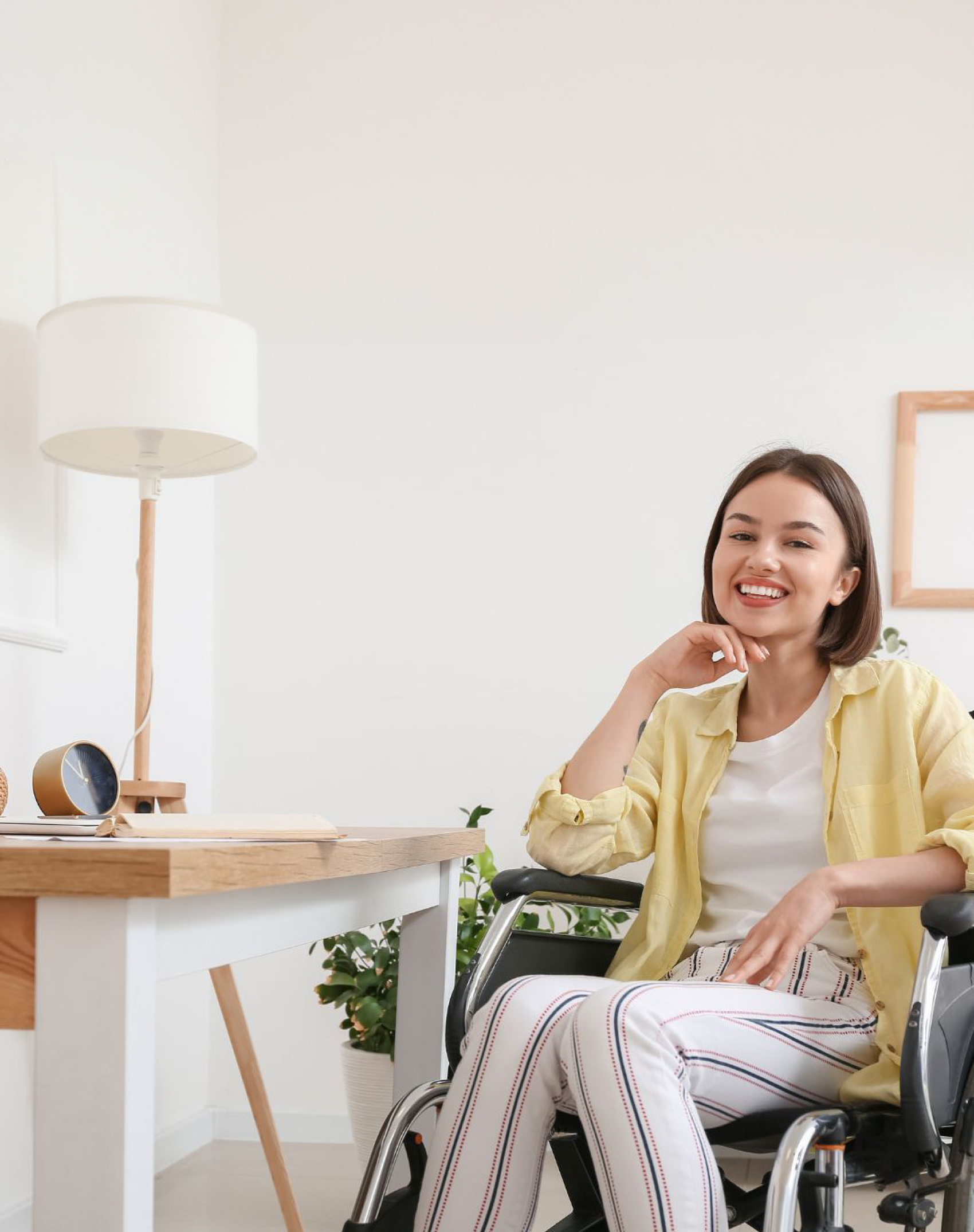Both the recent Disability Royal Commission and NDIS Review recognised the need for people with disability to be able to choose from a range of quality housing and living services free from abuse, neglect and exploitation. For some people, this means a move away from traditional disability group housing.
But what is the alternative?
AHA has been pioneering a solution that supports both participants and the NDIS, offering safe, purpose-built homes where people can live either independently or with chosen family; while contributing to the cost sustainability of the scheme by delivering savings through its model of care and housing.
We have witnessed the transformative impact of this model on the lives of our tenants and their families. Our ambition is to see the model implemented on a national scale, to the benefit of all Australians – NDIS participants and tax payers alike.
The cost of group homes
Group homes have been the historical and predominate model of disability housing in Australia. Despite this, the Disability Royal Commission and the recently released NDIS Review found people living in group homes are at significant risk of harm, with limited choice in where, how and with whom they live.
Alongside the human toll, the annual financial burden of violence, abuse, neglect, and exploitation of Australians with disability is approximately $46 billion.
Multiple reviews into disability housing have highlighted the problems with group homes and recommended actions to transform the system, however existing housing, NDIS housing eligibility processes, and a lack of new, innovative housing stock options have caused difficulties in transitioning to a safer, more appropriate, and more cost-effective disability housing model
The cost of having no choice
One of the major problems with the predominate disability group housing model in Australia is the residents’ lack of choice over who they live with, and who their care provider is – as one service provider is often responsible for the majority of the services to those living under the same roof.
The Disability Royal Commission found NDIS participants are at most risk of harm when they live in closed settings and mostly only interact with people who are paid by a single provider.
In the current disability housing market, many homes are owned by the same organisation that provides both the home and the care within that home.
The recommendation is to separate housing providers from support providers to stop the commodification of some of the most vulnerable NDIS participants – something AHA strongly advocates for and has practiced since its inception in 2019.
A new way
We are an award-winning housing provider who has been advocating and pioneering a new way in disability housing, giving participants choice of where and with whom they live, and control over their care providers.
Our tenants have their own, independent wheelchair-accessible housing co-located within a community precinct. They bring with them their own support provider for their schedulable, intimate cares – as the one-on-one tasks like personal care, cleaning or meal prep – but also have access to secondary shared support – a 24-hour, onsite (not in-home) care service that can be used for ad hoc or emergency supports.
This 24/7 care model is delivered at a cost saving to both the participant and the NDIS when compared with 24/7 in-home shared services.
Residents annually review their secondary care provider and decide if they’d like to re-engage them for another 12 months or bring in a new provider. This choice is made entirely by the residents – AHA is simply there to facilitate the process or the ‘change of guard’ if so dictated by the resident group.
Having such choice and control over how they live and who provides their care gives our tenants a freedom and independence they have rarely been afforded in other care and housing models.
Couple this with the provision of safe and purpose-built homes with shared amenities, centrally located in every-day communities with easy access to healthcare and transport links, and it’s no wonder our residents report the ‘life changing benefits’ and enablement of living in an AHA community.
Savings for all Australians
There are almost 41,000 NDIS participants requiring 24-hour care at an annual cost of $8.8 billion per annum and rising by seven per cent each year, representing a quarter of the total cost of the scheme.
The AHA model is significantly cheaper per tenant than the cheapest group home, which houses three people with disability under the one roof – in contrast to AHA’s single-participant homes, with the choice of living with a family member.
Not only is our model improving the quality of life for our residents and their families, but it is also saving money for participants, the NDIS, and the Australian taxpayer.
Where to next
AHA is proud of what we’ve been able to achieve for our residents and for the NDIS, and we are continuing to roll out our innovative model across Queensland – but we want other disability housing providers to follow suit by empowering more participants to live independently and bringing sustainability to the scheme.
If you, or someone you care for, is interested in learning more about our approach and our housing location options, please get in touch.
